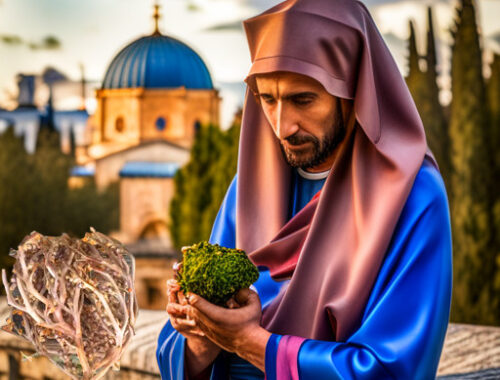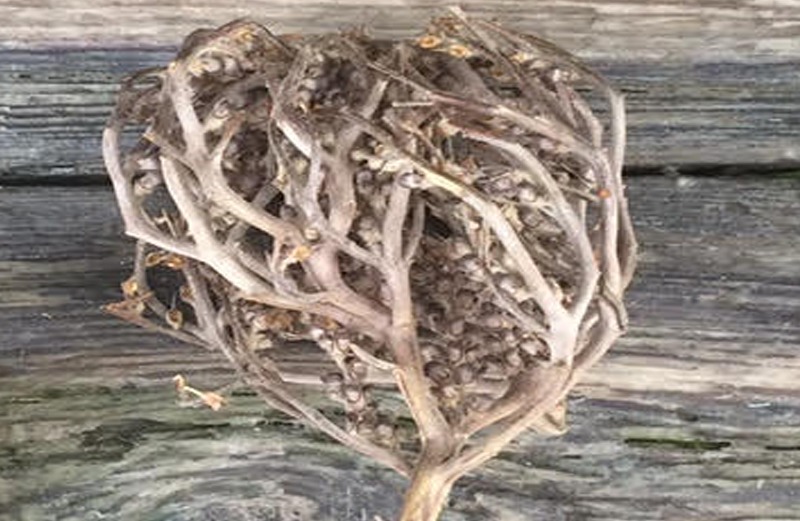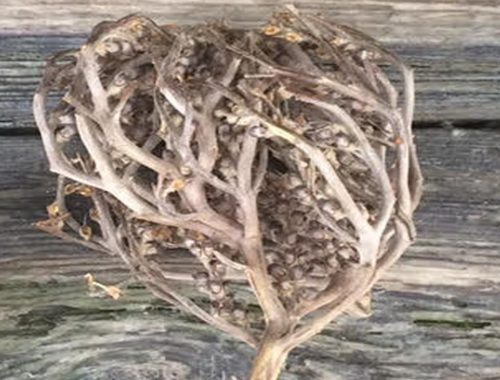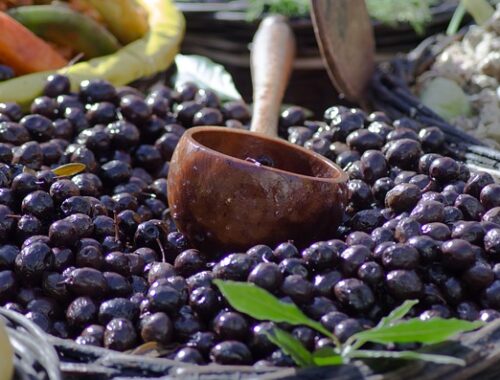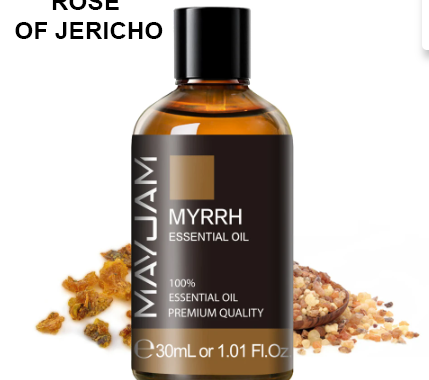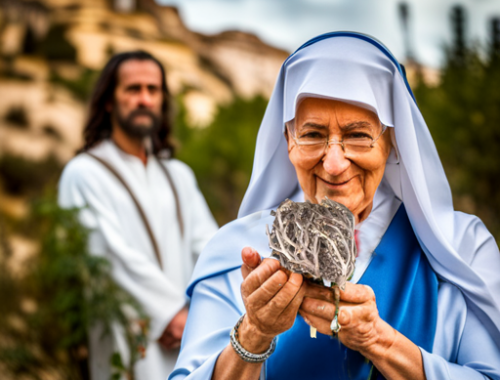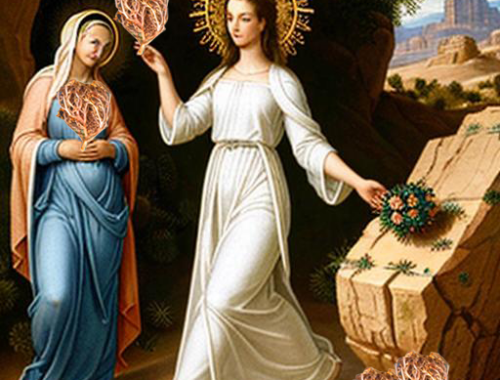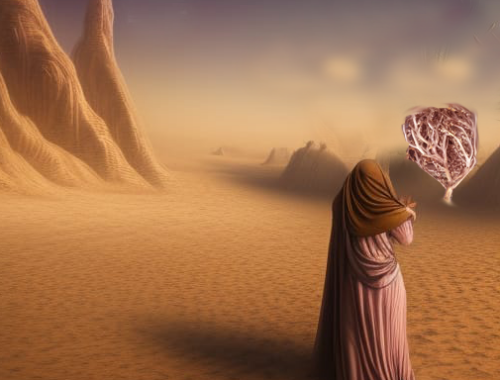The true Rose of Jericho, scientifically known as Anastatica Hierochuntica, is a botanical wonder that captivates with its amazing ability to revive itself after drying. The revival process of this unique plant is a testament to nature’s extraordinary resilience and adaptability. In this article, we delve into the fascinating world of the resurrection of the true Rose of Jericho, explore the scientific mechanisms behind this phenomenon and solve the mysteries of her resurrection.
